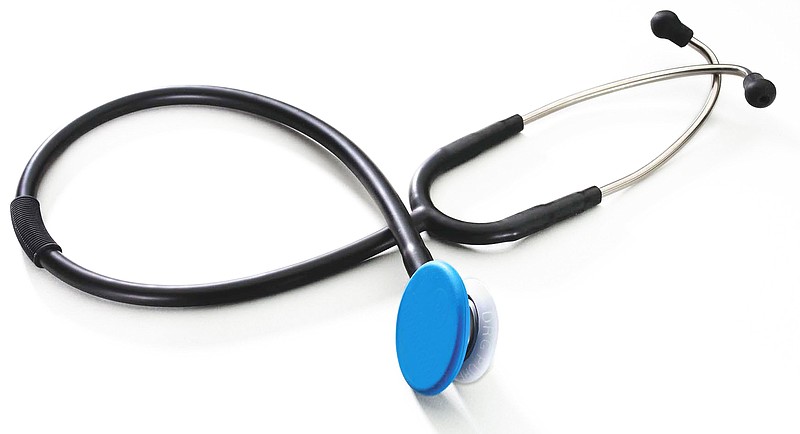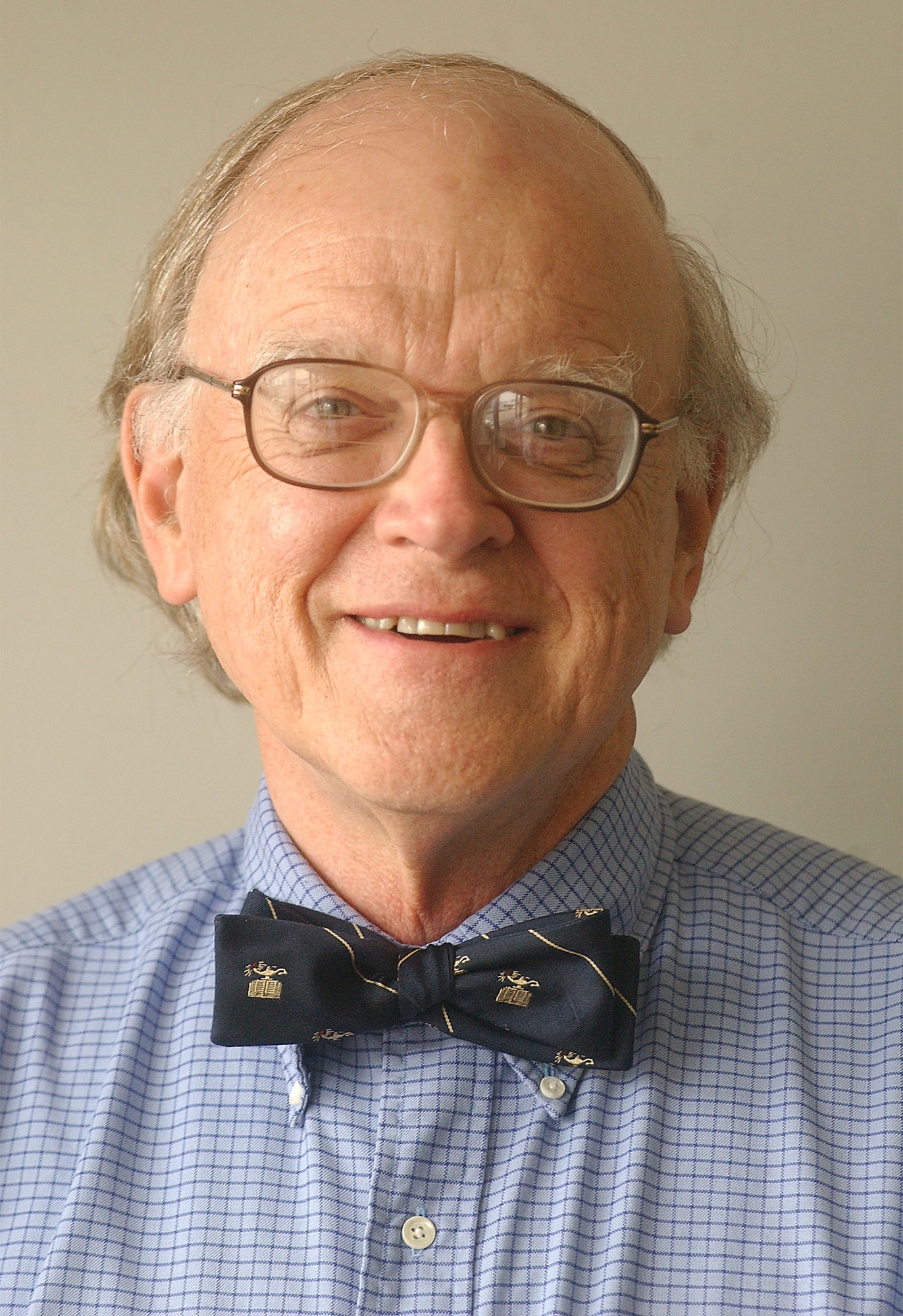Sharply rising costs of therapy, especially prescription drugs, medical devices, and clinical procedures have moved health care near the top of the political agenda for the next round of elections. A growing, $3 trillion health care industry now consumes more than 18 percent of our Gross Domestic Product.
In 2013, before major provisions of the Affordable Care Act (ACA) took effect, 44 million Americans lacked health insurance. That number fell to 28.5 million by 2017, or 8.8 percent of the population. Expansion of Medicaid programs in 36 states and the District of Columbia accounts for most of the decrease in numbers of uninsured. The number of uninsured persons climbed by almost 1 million in 2018 because of congressional cutbacks in the ACA.
Uninsured Americans are typically from poor families in which at least one person is employed. African-Americans (10.6 percent uninsured) and Hispanic Americans (16 percent uninsured) are over-represented in the ranks of the uninsured.
Of the insured, more than 67 percent have private health insurance - 58 percent via employer health plans, the remainder by direct purchase of coverage. Government plans, which include Medicare, Medicaid and military/VA cover almost the remainder.
Concerned by the plight of uninsured residents and the rising costs of care, the Massachusetts legislature in 2006 crafted a comprehensive, health care plan (MHP). Gov. Mitt Romney vetoed six provisions of the plan, but the vetoes were subsequently overridden by the legislature. The plan was later amended to accommodate requirements of the ACA. The ACA used many elements of MHP in its design.
As a consequence of its health care plan, Massachusetts has the lowest rate of uninsured residents in the U.S. at 2.5 percent. The rates for Tennessee (12 percent), Georgia (19 percent), Alabama (14 percent), Florida (19 percent), and Texas (24 percent) - all states whose legislatures have declined to expand their Medicaid programs - stand in sharp contrast. Those increased rates of uninsured persons translate into delayed or absent health care and unnecessary deaths in those states.
Highlights of MHP:
» Eligibility: U.S. citizens and eligible immigrants.
» Individual mandate that all residents have health insurance, which is maintained despite the U.S. government dropping the requirement.
» Coverage is provided at no charge for those with incomes below 150 percent of the federal poverty level (FPL). FPL for lower 48 states and D.C. for 2019 is $12,490 for an individual; $25,750 for a family of four.
» Subsidized care on a sliding scale is provided for residents earning up to 300 percent of FPL.
The state runs its own health exchange, the Massachusetts Health Connector, which serves as a clearing house for health plans and payments. The Connector administers the combined Medicaid and Children's Health Insurance Plan, and offers plans for individuals who are not working, employed by small businesses (fever than 50 employees), persons who are self-employed or work one or more part-time jobs. Coverage may be purchased from the Connector with pre-tax dollars.
Currently, 10 health plans are in the Connector. For 2019, the average increase in costs of premiums is 4.7 percent. The plan with the largest enrollment had a 1.4 percent rise in premiums.
Premium increases based on age of the insured cannot exceed twice the rate of the youngest insured.
Health plans sponsored by large employers must provide substantial subsidies for employee health premiums.
Medicare-for-All has become a popular rallying cry for politicians seeking an overhaul of our health care system. Such a transformation would, in my opinion, create sustained chaos and result in a giant, lumbering bureaucracy. MHP offers a saner alternative that has been tested and tweaked for more than a dozen years.
Outspoken opponents to government-led reforms in health care contend that market-driven alternatives represent the best way forward. Suspicion of federal involvement, especially if based on any component of the ACA, continues to run deep in the Deep South.
The Massachusetts approach represents a comprehensive, practical, affordable protocol for health care reform.
Contact Clif Cleaveland, a retired physician, at ccleaveland@tfreepress.com.

